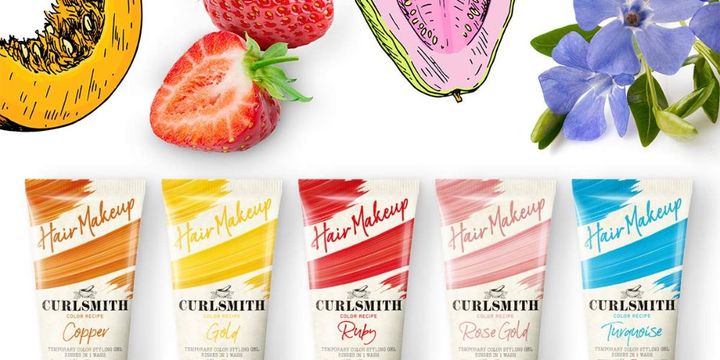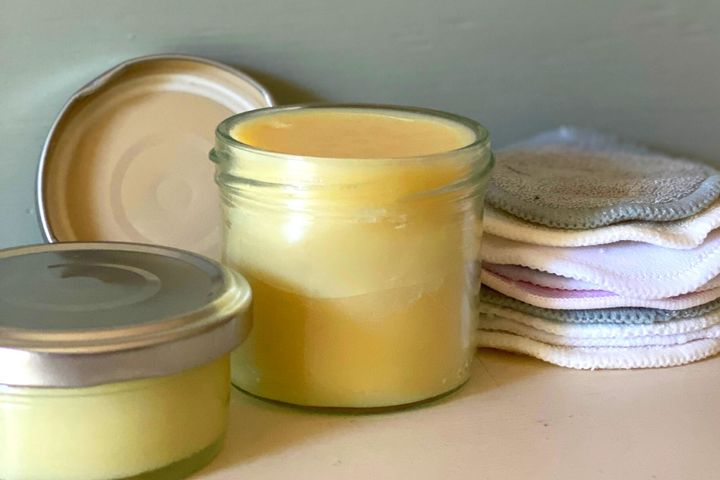How To Make A Homemade Lip Balm With 5 Simple Ingredients
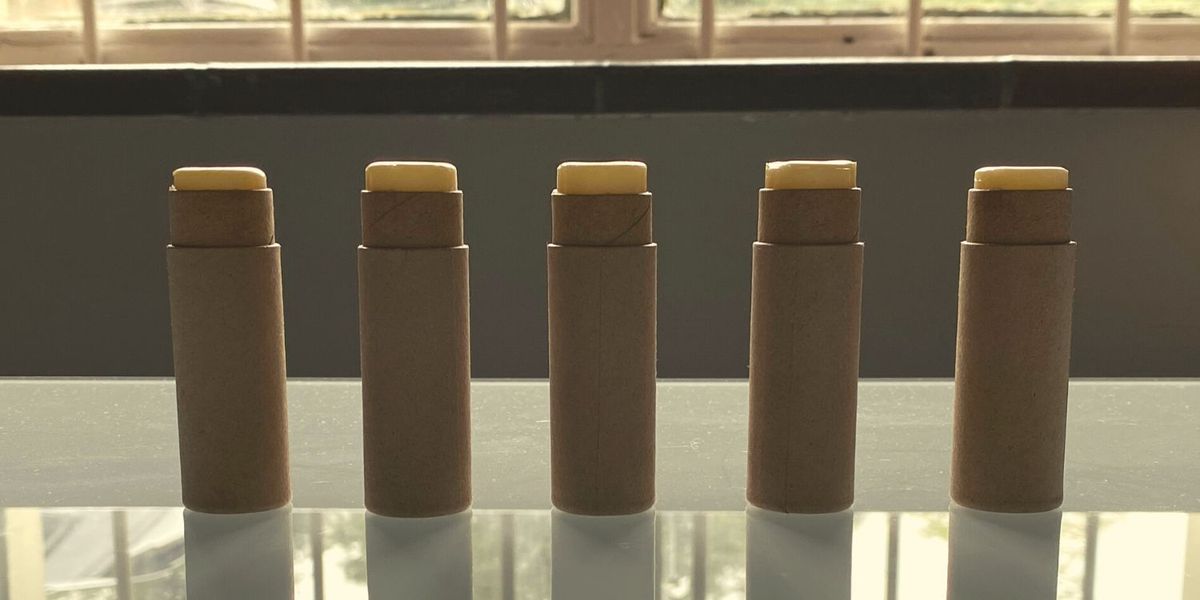
It's that time of the year again. As the days are getting shorter, colder, and wetter, our lips are getting exposed to the elements and need extra protection.
The good news is that you can easily make your own lip balm which will be great at protecting your lips no matter what.
Below you will find our super easy natural lip balm recipe using beeswax, mango butter, coconut oil, and mandarin essential oil.
It is super creamy, and protective but not sticky - a perfect combination!
But first, why do we need lip balm?
- This article contains affiliate links. We may receive a commission (at no cost to you) if you make a purchase through a brand link below. Learn more here.
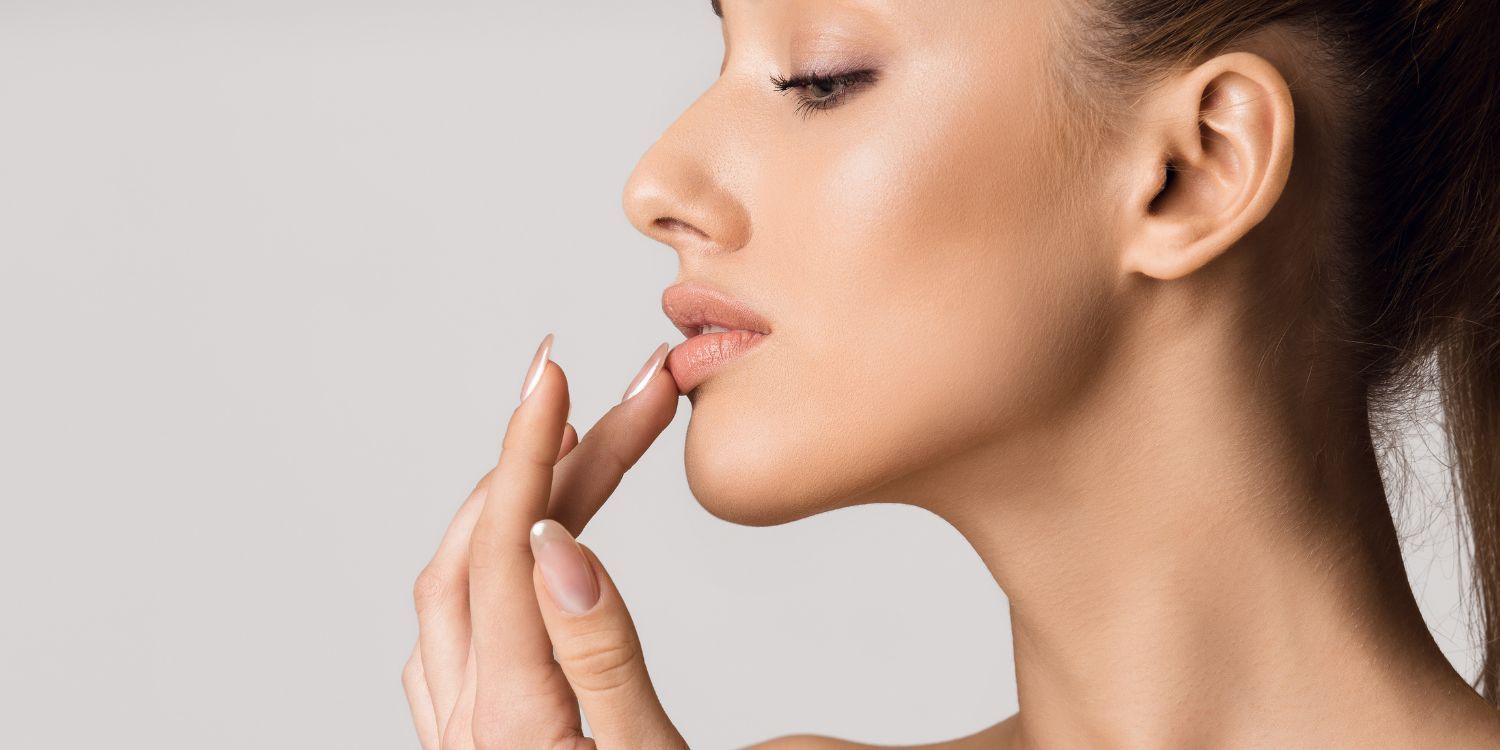
Why do we use lip balm?
The skin on our lips is thinner and more sensitive than on other parts of our bodies.
Also, it doesn't produce sebum that can protect and moisturize it. That's why without adequate defense, our lips get dry and chapped.
For a lip balm to be effective it has to include occlusive ingredients (that form a barrier on the skin and are not absorbed easily) and it also has to stick to the lips well so that there is no need to reapply the lip balm too often.
That's why our formula includes a generous amount of beeswax along with some creamy mango butter and coconut oil.
This lip balm also includes mandarin essential oil for a lovely citrusy smell.
The recommended amount of essential oils to add to a lip balm is no more than 0.5% of the total ingredient weight and I find this is more than enough to give your lip balm a nice scent.
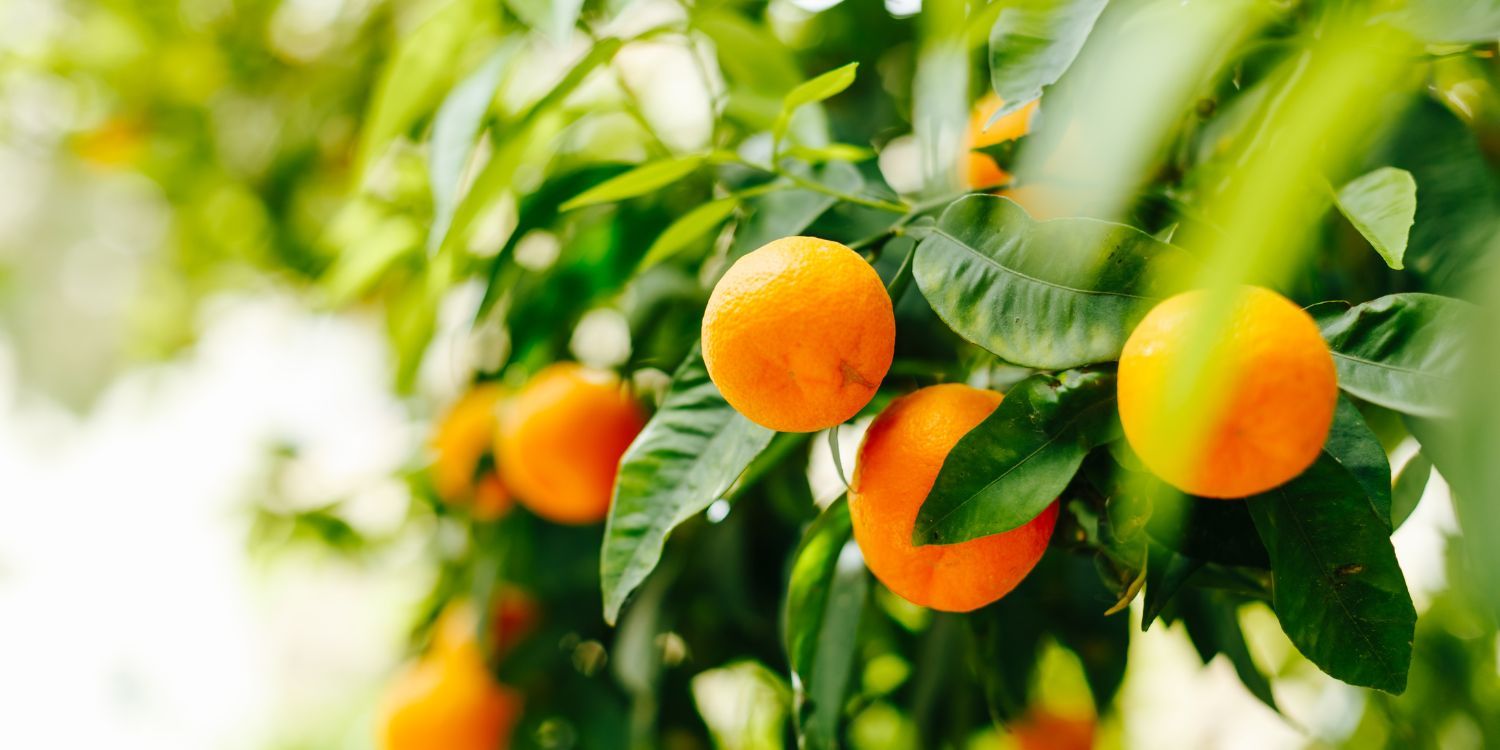
Ingredients
This is a very straightforward DIY lip balm formula that contains only 5 natural ingredients and makes the perfect lip balm every time.
You really can't get it wrong if you follow all steps thoroughly.
Wax
The first ingredient that we use in this lip balm is beeswax. This is an amazing ingredient but, of course, it is animal-derived.
If you are looking for a vegan lip balm you can substitute beeswax with candelilla wax, berry wax, or rice bran wax.
You will have to play around with the proportions, but they should be close to the original formula.
The beeswax we use is cosmetic grade USDA certified organic that comes in pellets for easier measurement, but you can use any beeswax (or other wax) you have available.

If your beeswax comes in a solid block, you will have to grate the required amount for your recipe.
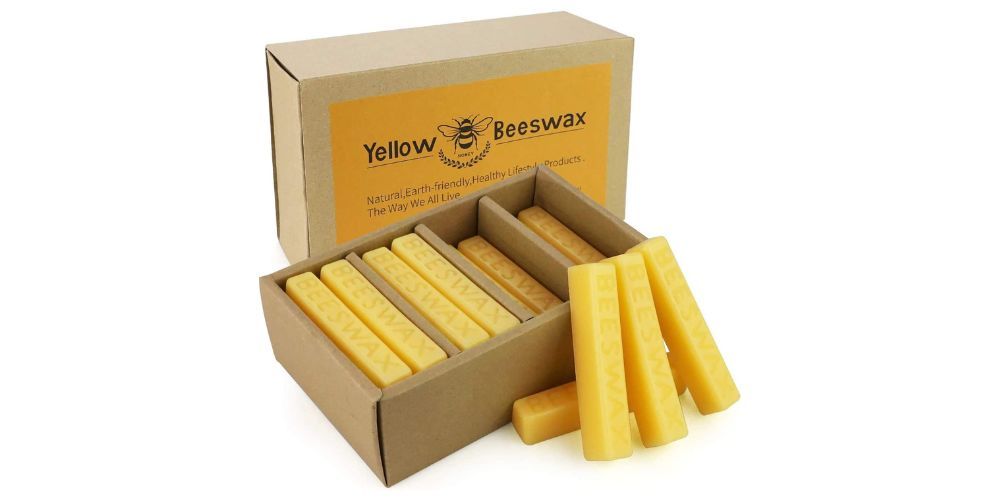
Plant Butter
Mango butter gives our lip balm its super creaminess.
Mango butter is great to use in a lip balm because it is relatively light and has a very neutral smell whereas other plant butters like shea butter (especially the unrefined version) can have a distinct smell that will interfere with the smell of essential oils.
We use this USDA certified organic mango butter from Mary Tyler Naturals.
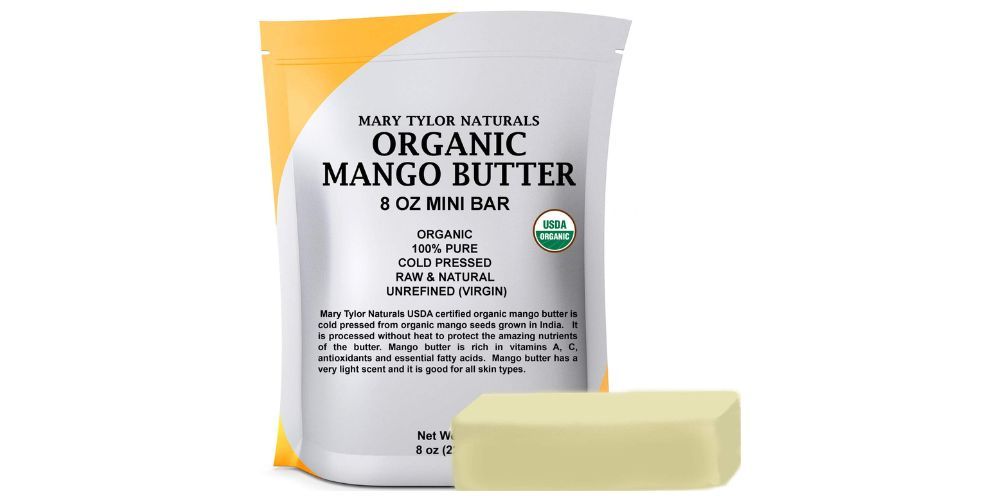
Coconut Oil
Organic coconut oil gives our lip balm extra shine and glide and moisturizes our lips to keep them plump and healthy.
In our lip balm, we use this USDA certified organic coconut oil from Viva Naturals but, of course, any coconut oil you have at hand will be just fine.
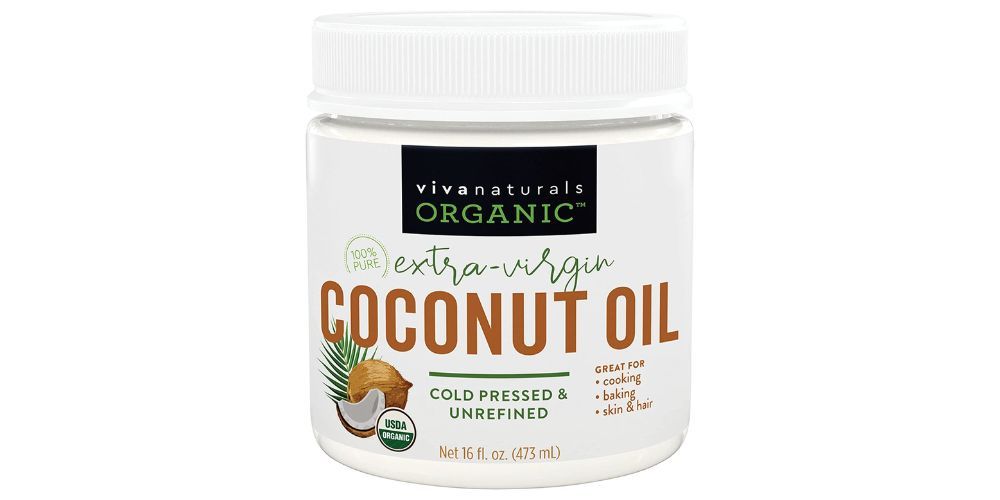
Essential Oils
For this recipe, we've picked a delicious organic mandarin essential oil from Gya Labs that gives the lip balm a crisp, fresh, and sweet citrus smell.
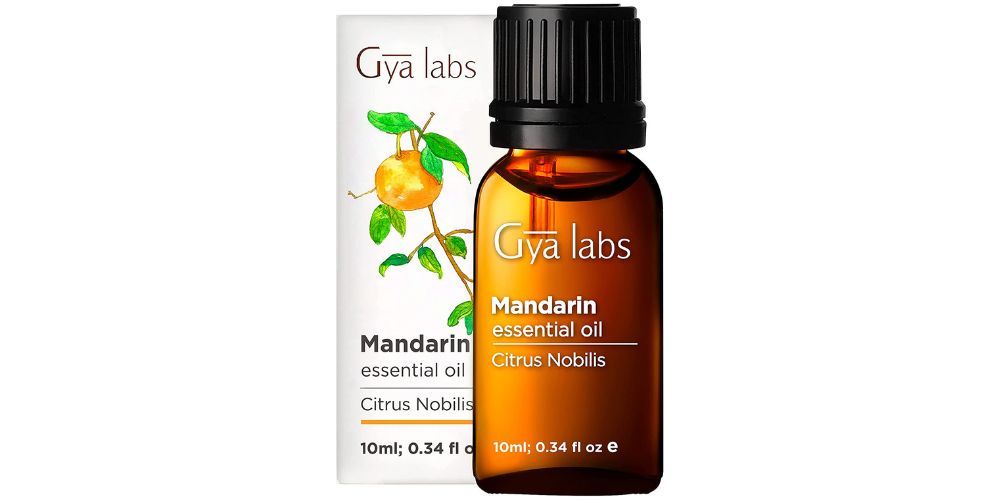
Of course, you can choose other essential oils that you like - peppermint essential oil which is always nice in a lip balm, or lavender essential oil for a calming floral scent.
Or, you can add no essential oils to your lip balm at all and leave it 100% unscented. This will not affect your product in any way.
Make sure you do not exceed the dermal limits for the essential oil that you use and always keep the amount of essential oils in your formula to less than 0.5%. More on this later.
Vitamin E
We've also added a little bit of vitamin E to our homemade lip balm recipe. Vitamin E is both good for our skin and also acts as an antioxidant for the other ingredients in the lip balm.
It prevents the ingredients from going rancid.
This is the natural vitamin E from Traverse Bay Bath and Body we use.
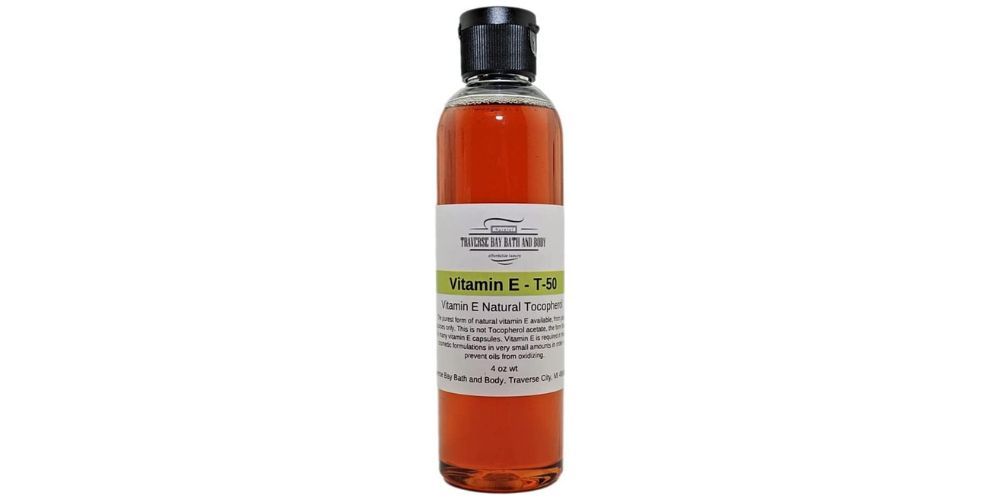
This is an optional ingredient. If you don't have any at hand. feel free to leave it out.
Equipment
Let's have a look at the equipment we need for our homemade lip balm.

We will need a glass beaker or a glass measuring cup to melt the ingredients in.
We will also need a glass rod or just a spoon to mix the ingredients.
To melt our ingredients, we will use a water bath which could be as simple as a pan with simmering water or a simple double boiler (bain-marie) that you can get on Amazon.
To heat our ingredients we can use our stove or a hot plate.
Experienced skincare formulators always use a scale to weigh the ingredients.
This way you can be sure that you are using the same amount of ingredients every time.
For working with small amounts of ingredients a jewelry scale like this one works perfectly well. It is easy to use, surprisingly robust, and inexpensive.
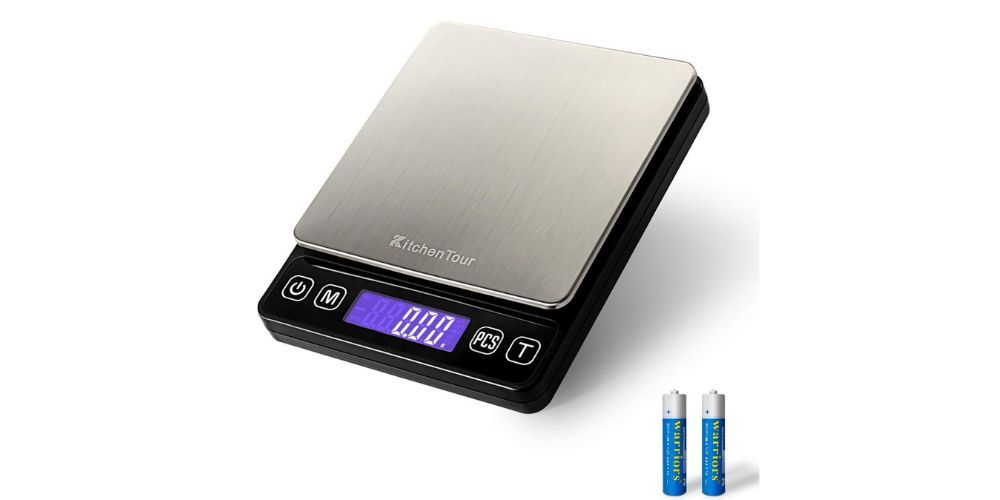
You don't need to buy a scale for this recipe since I will list the ingredients in both grams and tablespoons.
But if you will be making handmade cosmetics on a regular basis, this will be an important piece of equipment to have.
Last, but not least - sanitizing spray!
Before you start on your recipe, make sure you spray all your equipment - beakers, spoons, glass measuring cups, and anything else that will get in contact with the ingredients - with 70% Isopropyl Alcohol and let it air dry.
This will make sanitize your equipment and you will be good to go in no time.
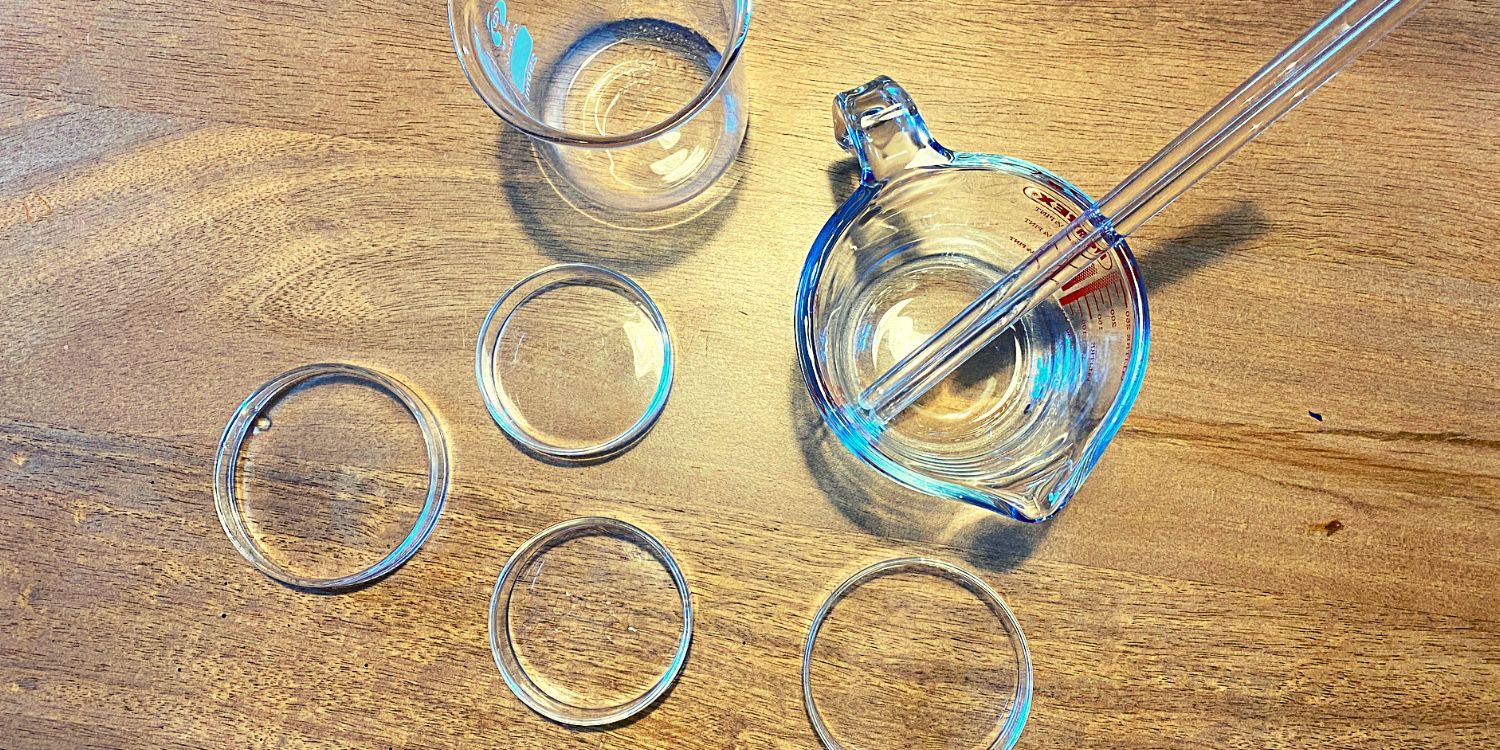
Packaging
For our packaging, we choose biodegradable and compostable lip balm containers. They are basically cardboard lip balm tubes that can be composted after you are done with your lip balm.
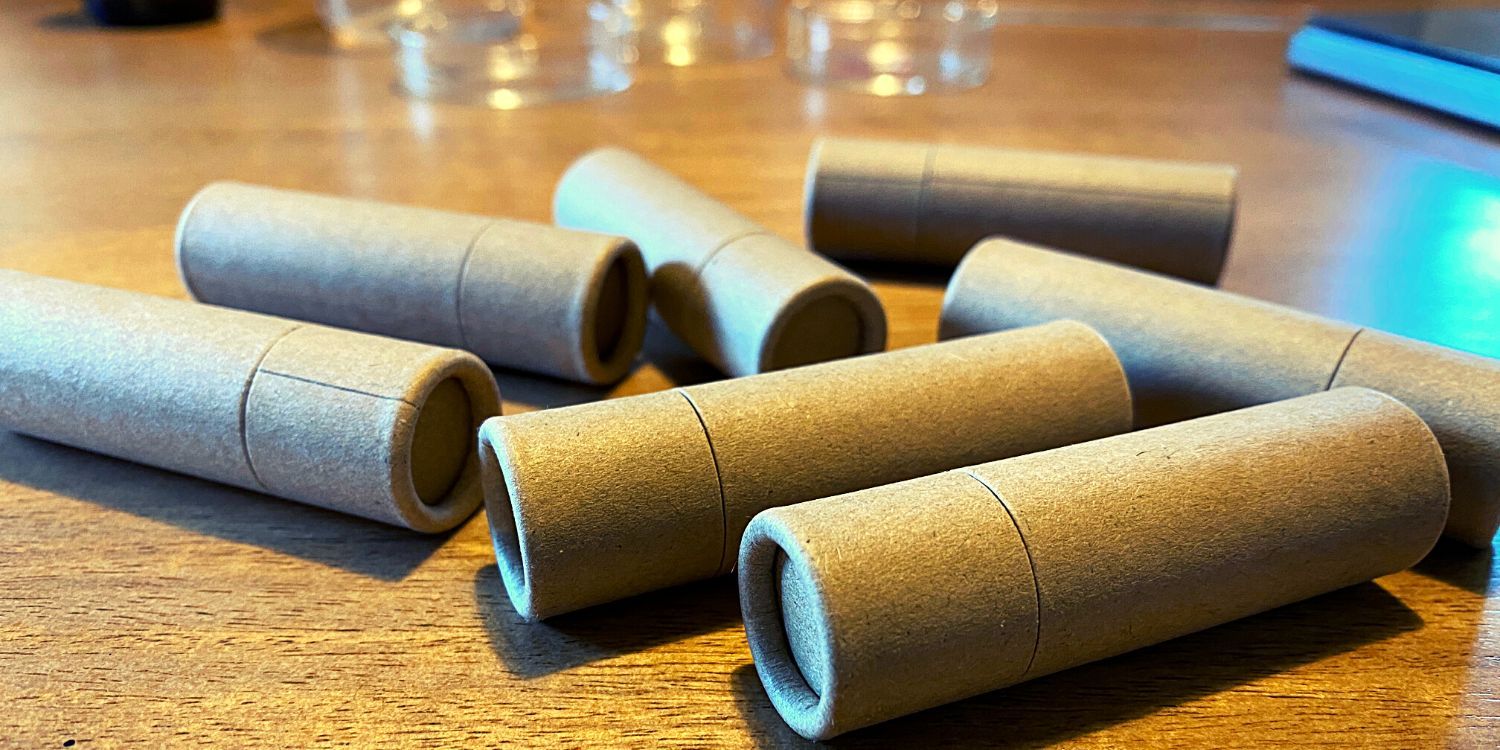
Another zero-waste packaging for your DIY lip balms are small metal tins that you can clean and recycle after use but this recipe might be a little bit too hard for the tins.
If you want to use the tins then play around with the recipe to make it softer (slightly reduce the amount of wax and increase the amount of oil) but make sure your formula still adds up to 100% (for example, if you reduce the amount of beeswax by 5 grams, then add 5 grams of coconut oil).
You can always use plastic chapstick tubes for this recipe. They work well but, unfortunately, are not recyclable. That's why we stay away from this type of packaging.
Homemade lip balm recipe
For our recipe, we've used 42 grams (5 and a half tablespoons) of beeswax, 14 grams of mango butter (1 tablespoon), and 43 grams of coconut oil (3 tablespoons).
We've also added 15 to 20 drops of mandarin essential oil and 3 drops of vitamin E.
This recipe makes 100 grams of lip balm which was enough to fill about 10 cardboard lip balm tubes.

Method
- Spray your equipment with 70% Isopropyl Alcohol to sanitize it and leave to air dry.
- Combine Phase A (beeswax, mango butter, and coconut oil) in a beaker.
- Heat Phase A in a water bath until thoroughly melted (stir from time to time). This might take as long as 30 minutes so don't rush the process.
- Take Phase A off the heat and give it a good stir.
- Wait a minute until Phase A is a bit cooler (do not wait too long as a small batch will cool quickly and start to solidify). Add essential oils and vitamin E.
- Pour your lip balm into containers.
- Place your containers in the freezer for 15-30 minutes (no cap).
- Take your lip balms out of the freezer and bring them to room temperature. Cap and enjoy!




Substitutions
We used organic beeswax in this lip balm but if you would like to make a vegan version, you can replace beeswax with berry wax or rice bran wax. You will have to adjust the percentage, but it shouldn't be too far off the original formula.
You can replace mango butter with another butter, like shea butter, or cupuacu butter.
We used organic mango butter because it has a neutral smell and the unrefined version of shea that we use has a distinct nutty smell that will be hard to overpower with the essential oils.
You can also use cocoa butter, but your lip balm will be a bit harder.
Coconut oil can be replaced with babassu oil at the same percentage.
If you want to include a liquid oil, like sweet almond oil, jojoba oil, or olive oil, reduce the amount of oil you use and increase the amount of butter. Make sure your new formula adds to 100%!
You can use a different essential oil or leave it out completely. It's up to you.
Please research your essential oils as not everything is suitable for lips (some essential oils are phototoxic). In any event, keep the percentage of essential oils at 0.5% or less.
Finally, this formula is suitable for lip balm tubes. It will be a little too hard for a lip balm tin.
If you would like to modify it for a tin, you can decrease the amount of wax and increase the amount of butter used. I would start at 10% and see how it goes.
We hope you will enjoy making our super easy DIY lip balm recipe!
Frequently Asked Questions
Do I need a preservative in my lip balm?
Since this lip balm doesn't contain any water, it does not need a preservative.
However, we've included vitamin E (an antioxidant) in our formula which protects the oils and butters in your lip balm from going off.
How long will this lip balm last? Can this lip balm expire?
Assuming all your ingredients were fresh at the time of making and especially if you added the vitamin E, this lip balm should stay good for a long time - 8-12 months at least.
What is the best way to clean your equipment after making homemade lip balm?
When working with ingredients like oils and butters, the cleanup might sound like a chore. Besides that, you don't want to clog your sink!
But there is a little hack that you can use. Before you wash your equipment give it a wipe with a paper towel to get rid of all the traces of oil and butter and wash afterward.
Shop for all-natural zero-waste lip balms
If a homemade lip balm sounds like too much of a hassle, check out this list of the Best Zero -Waste Natural Lip Balms For Your Lips And The Planet.




